GPCR/G protein

All GPCRs share a common seven trans-membrane structure. GPCRs are associated with heterotrimeric G-proteins which are GTP-binding proteins made of alpha, beta, and gamma subunits. When a ligand binds to GPCR, it activates the attached G-protein, the GDP is replaced with GTP. The activated G-protein then dissociates into an alpha and a beta-gamma complex which activates downstream signaling pathways. These intracellular signaling pathways include cAMP/PKA, calcium/NFAT, phospholipase C, protein tyrosine kinases, MAP kinases, PI-3-kinase, nitric oxide/cGMP, Rho, and JAK/STAT.
GPCRs are one of the most important therapeutic targets for various diseases, over 30% of all modern medicinal drugs target this family. Aberrant GPCR functions are involved in pathological conditions such as neurological, immunological and hormonal disorders. A large number of GPCRs have been identified, but whose ligands are not known, are classified as orphan receptors.
-
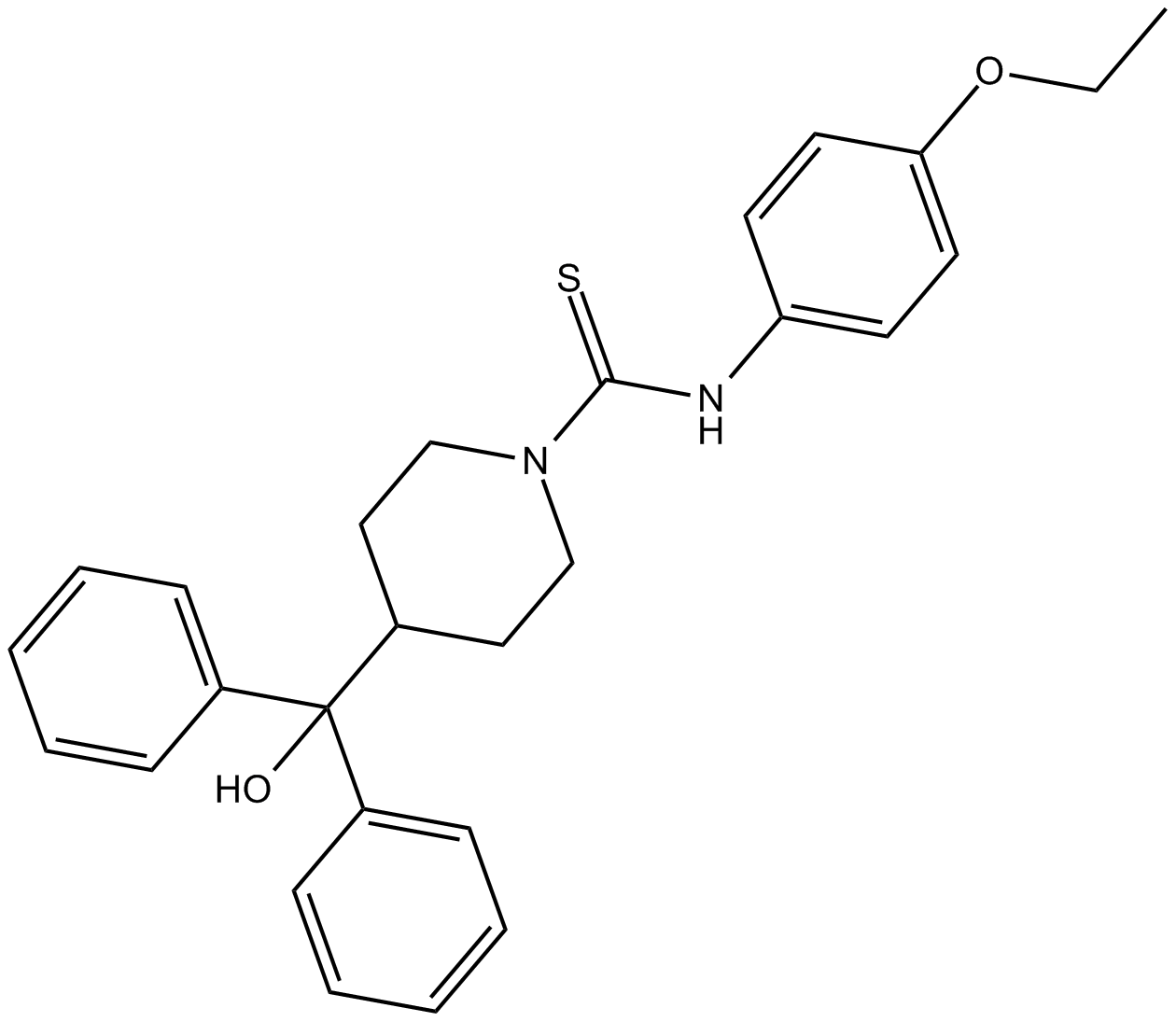 B7528 SF 11Summary: NPY Y2 antagonist
B7528 SF 11Summary: NPY Y2 antagonist -
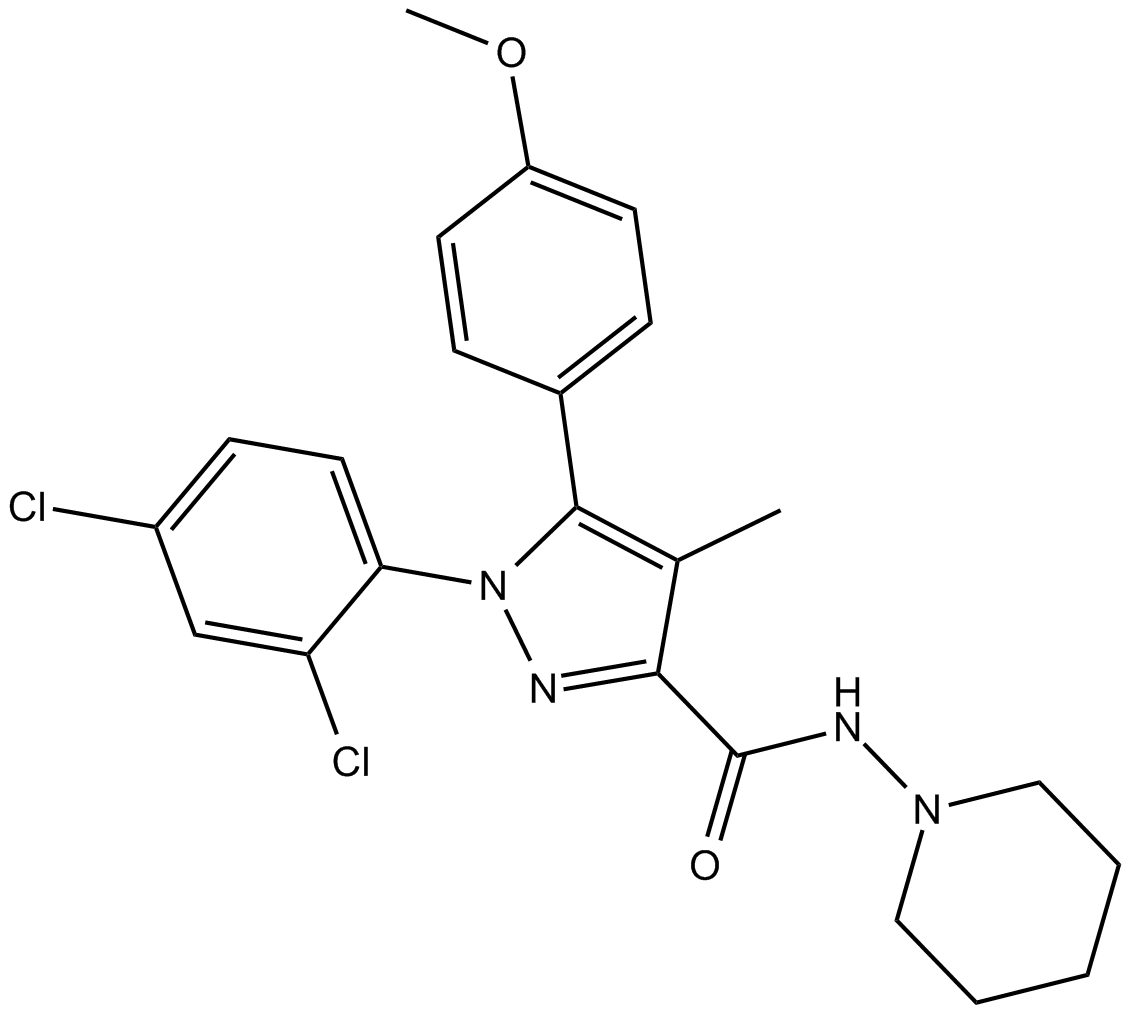 B7534 NIDA 41020Summary: CB1 receptor antagonist
B7534 NIDA 41020Summary: CB1 receptor antagonist -
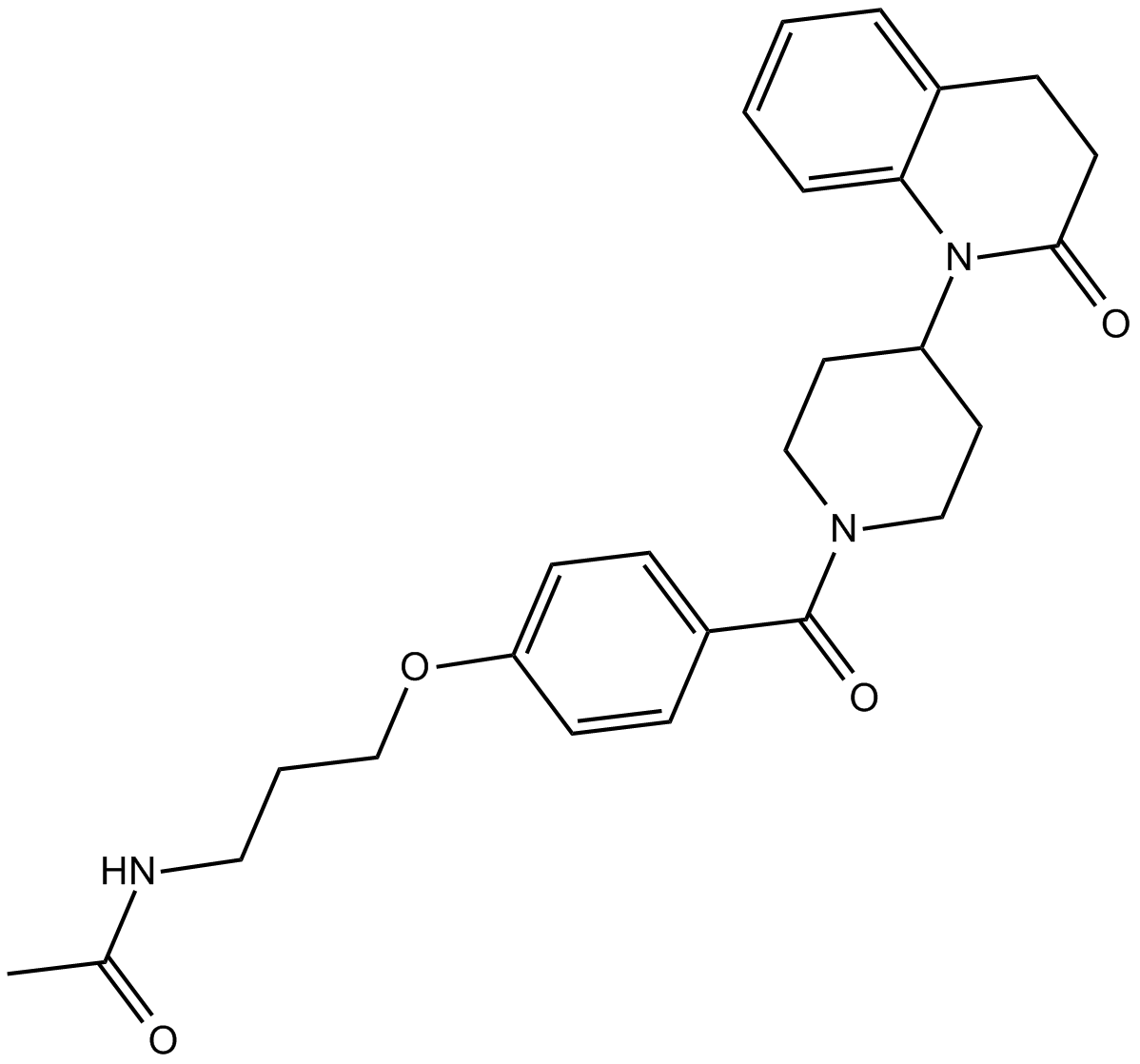 B7537 OPC 21268Summary: vasopressin V1 receptor antagonist
B7537 OPC 21268Summary: vasopressin V1 receptor antagonist -
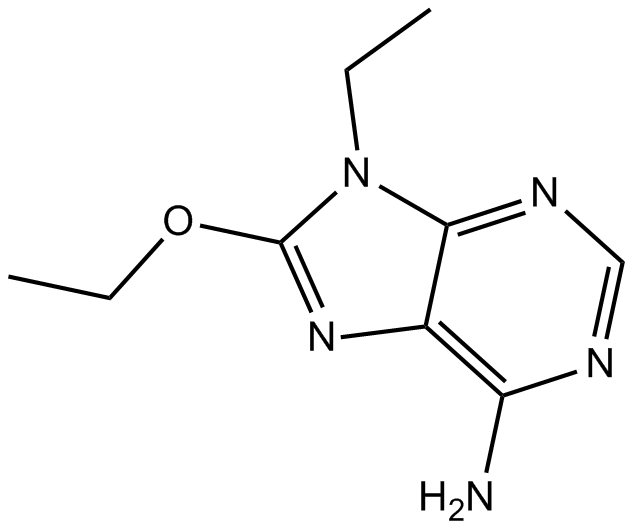 B7540 ANR 94Summary: Adenosine A2A-R antagonist
B7540 ANR 94Summary: Adenosine A2A-R antagonist -
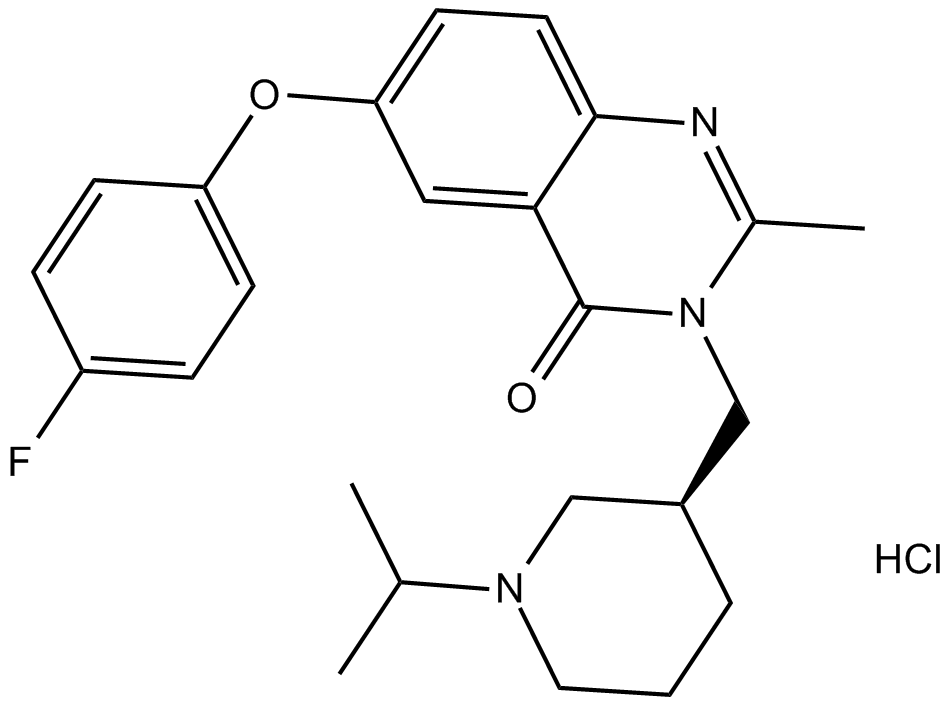 B7551 YIL 781Summary: Ghrelin receptor antagonist
B7551 YIL 781Summary: Ghrelin receptor antagonist -
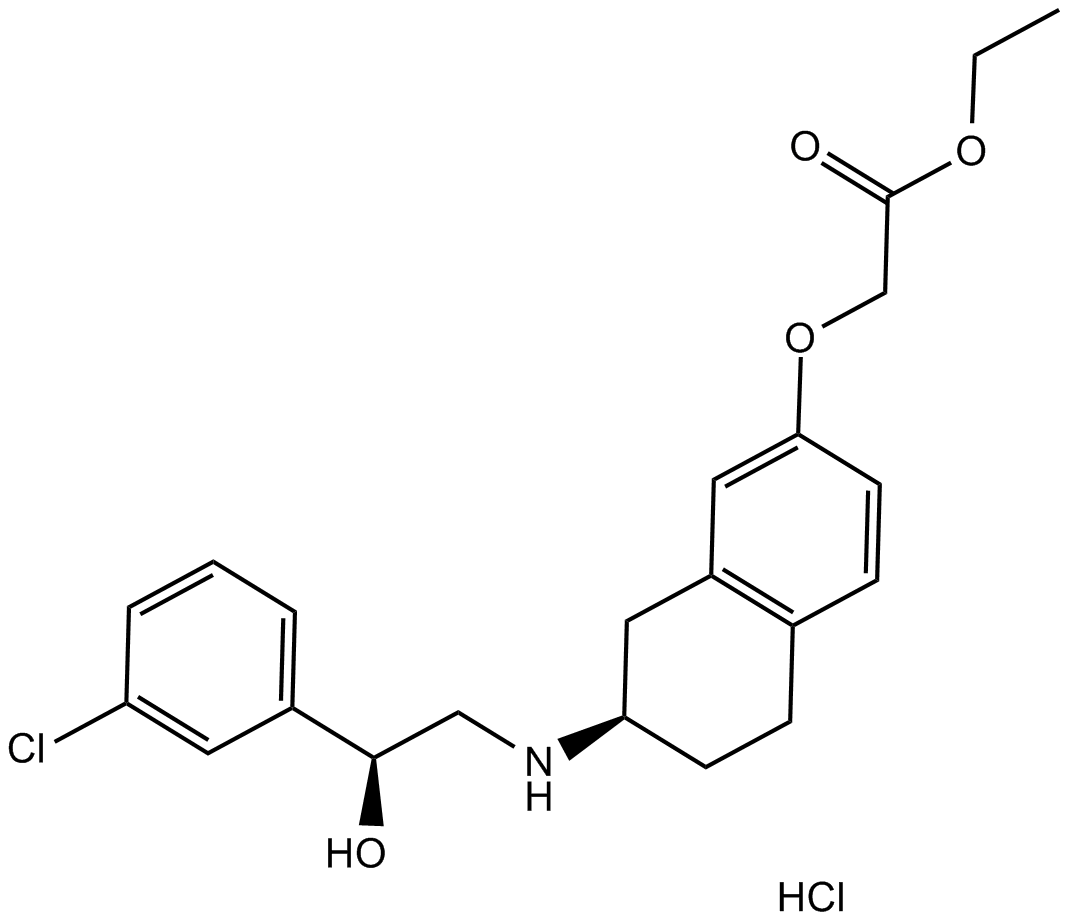 B7558 SR 58611A hydrochlorideSummary: β3-adrenergic receptor agonist
B7558 SR 58611A hydrochlorideSummary: β3-adrenergic receptor agonist -
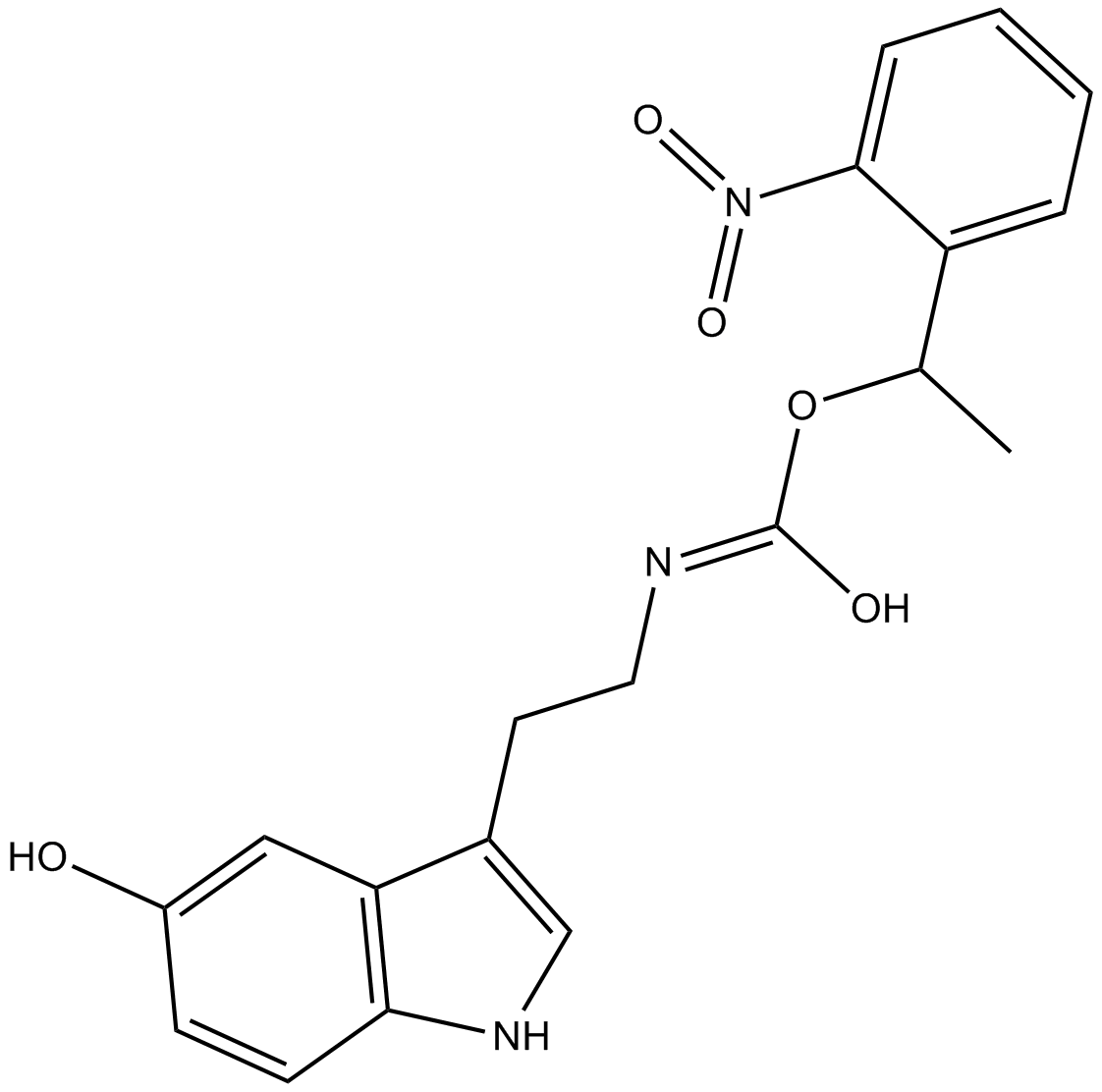 B7561 NPEC-caged-serotoninSummary: 5-HT receptor agonist
B7561 NPEC-caged-serotoninSummary: 5-HT receptor agonist -
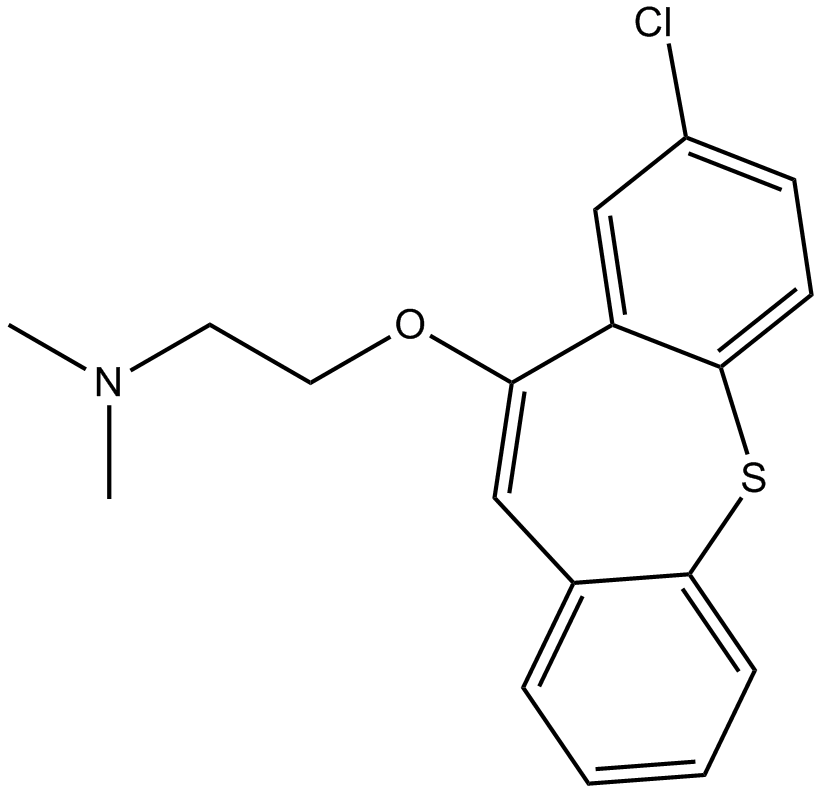 B7563 ZotepineSummary: 5-HT2A receptor and dopamine D2 receptor antagonist
B7563 ZotepineSummary: 5-HT2A receptor and dopamine D2 receptor antagonist -
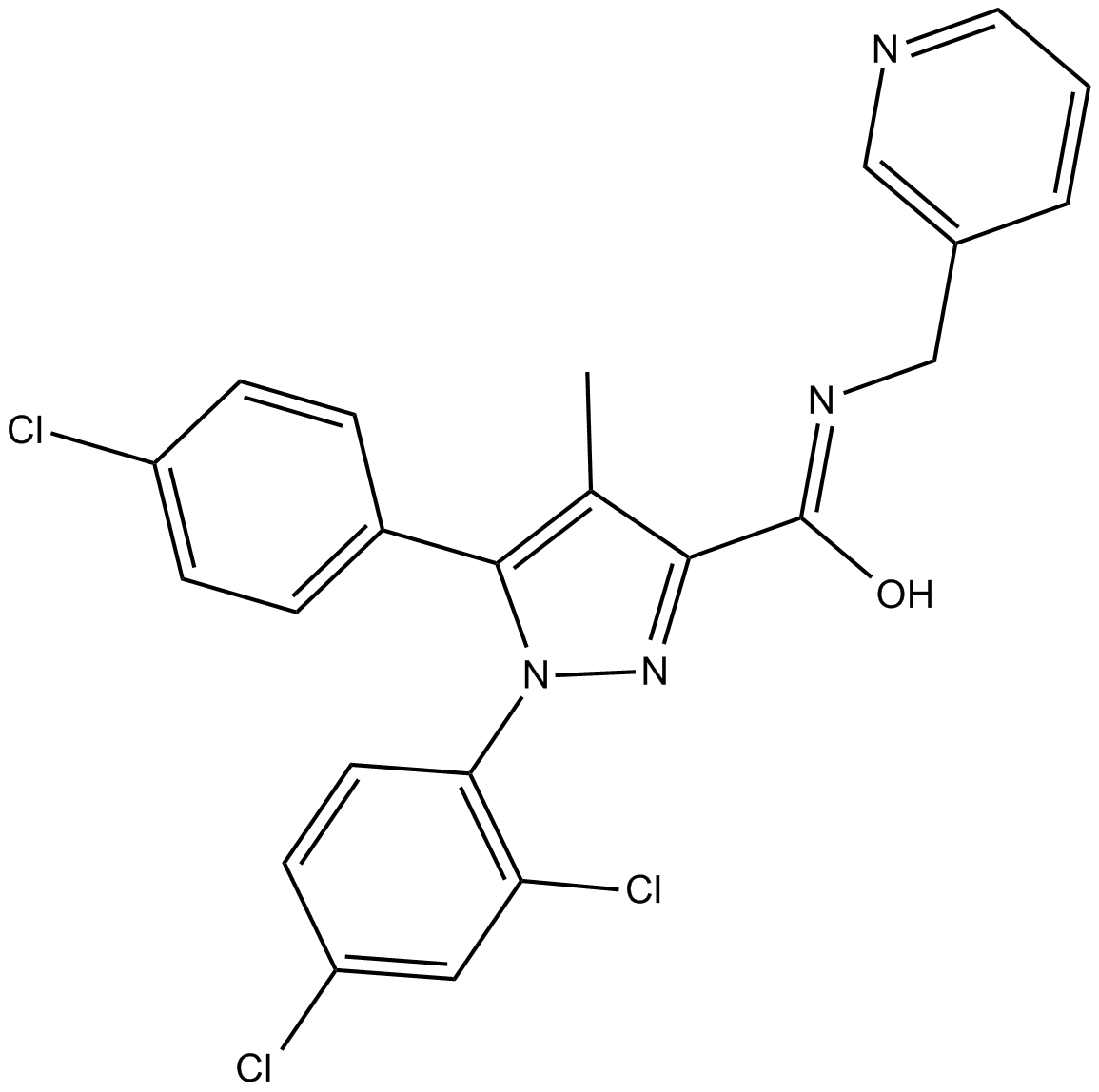 B7579 MJ 15Summary: CB1 receptor antagonist
B7579 MJ 15Summary: CB1 receptor antagonist -
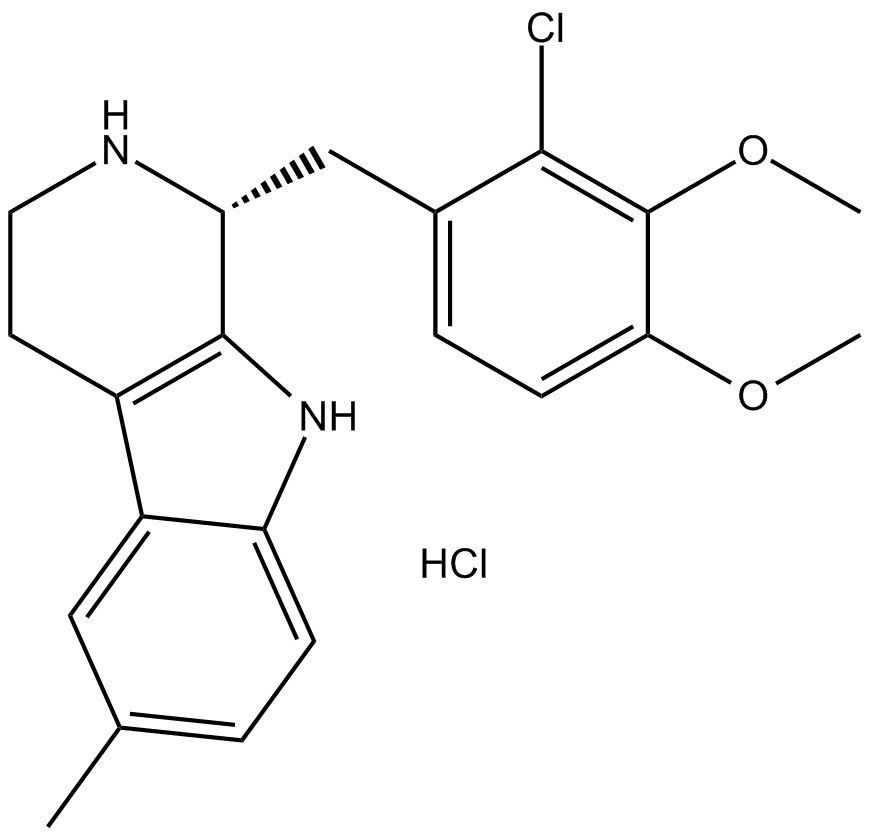 B7583 LY 266097 hydrochlorideSummary: 5-HT2B receptor antagonist
B7583 LY 266097 hydrochlorideSummary: 5-HT2B receptor antagonist

